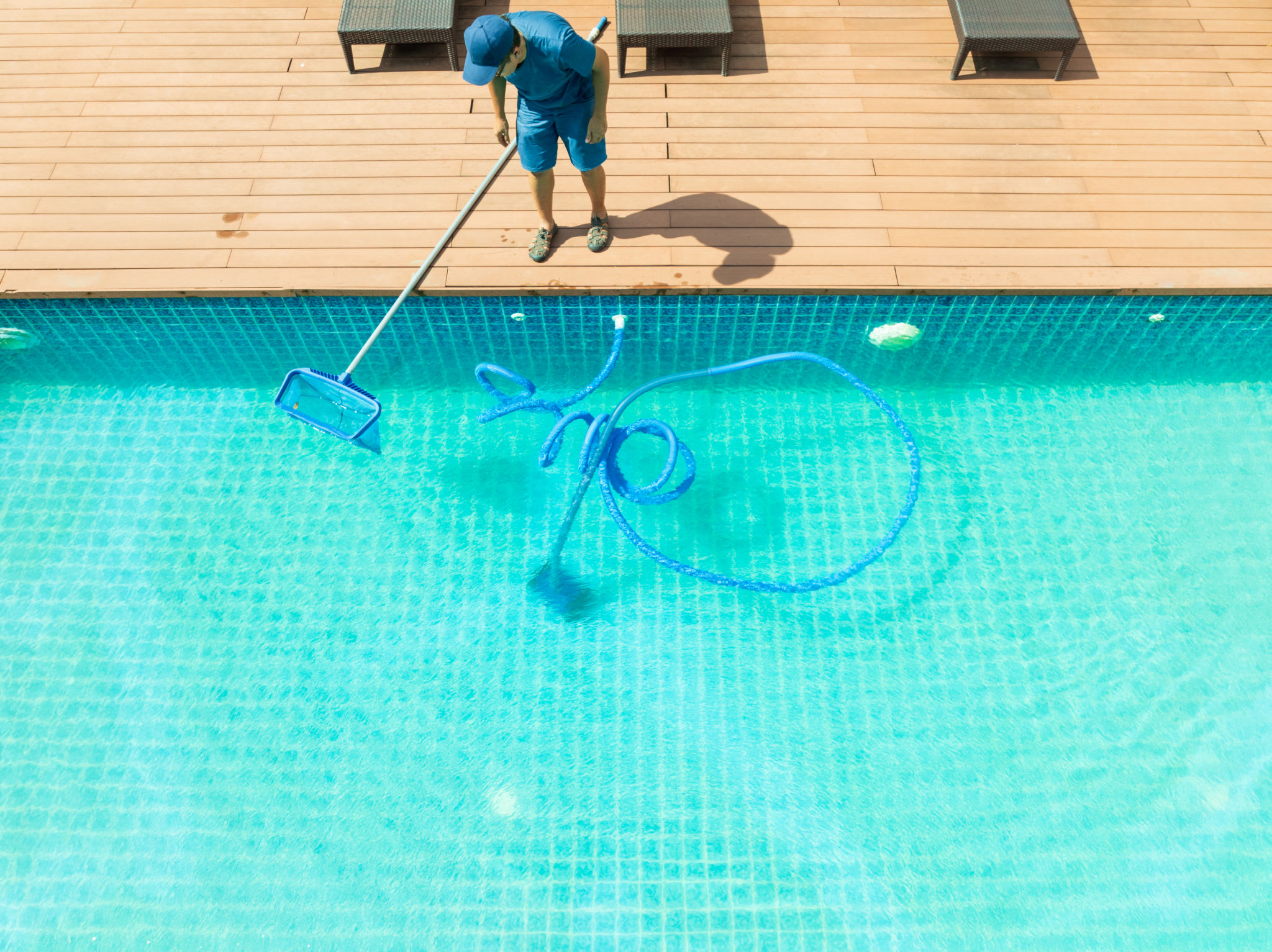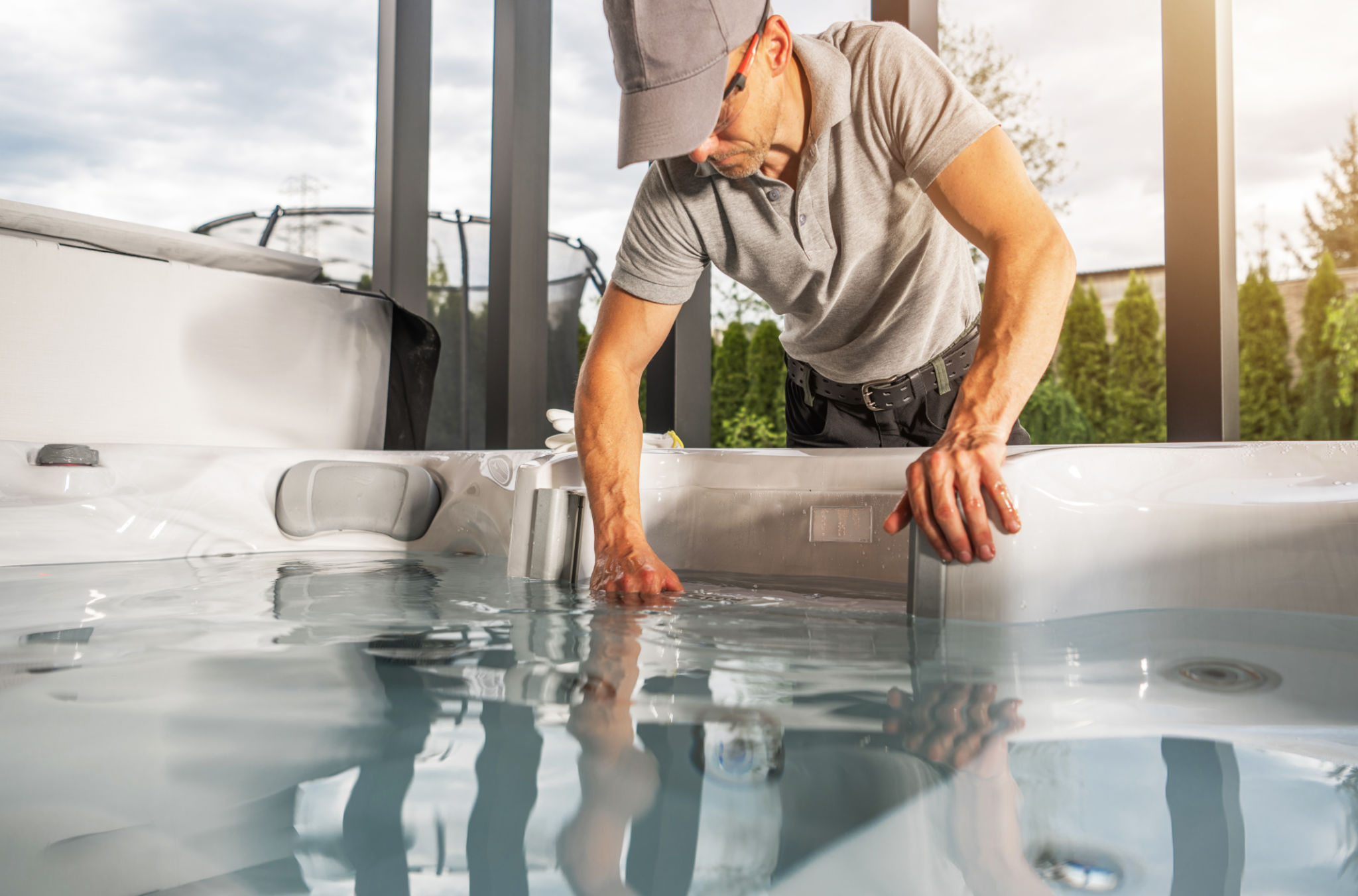DIY Pool Maintenance: Tips for Keeping Your Pool Clean and Safe
The Importance of Regular Pool Maintenance
Owning a pool is a luxury that comes with the responsibility of regular upkeep. Maintaining a clean and safe pool ensures that you and your loved ones can enjoy it without any health risks. Regular maintenance also extends the life of your pool equipment and saves you money in the long run. Let's explore some essential DIY tips to keep your pool in pristine condition.

Skimming and Scrubbing: Your First Line of Defense
One of the simplest ways to keep your pool clean is by skimming the surface every few days. This helps remove leaves, bugs, and other debris. Invest in a good-quality skimmer net to make this task easier.
In addition to skimming, scrubbing the walls and floor of your pool is crucial to prevent algae buildup. You don't need to do this daily; once a week should suffice. For stubborn spots, a bit of elbow grease with a scrub brush will do the trick.
Maintaining the Right Chemical Levels
Keeping your pool's chemical levels balanced is vital for safety and cleanliness. Test the water regularly using a home test kit, focusing on pH levels, alkalinity, and chlorine. Ideally, your pool should have:
- pH level: Between 7.2 and 7.8
- Alkalinity: 80-120 ppm
- Chlorine: 1-3 ppm
If any levels are off, adjust them using pool chemicals available at most home improvement stores.

Filter Maintenance for Sparkling Water
Your pool's filter plays a crucial role in keeping the water clean by trapping dirt and contaminants. Depending on the type of filter you have—cartridge, sand, or diatomaceous earth—you will need to follow specific cleaning procedures.
Generally, it's recommended to clean your filter every few months. However, if your pool sees heavy use or after a major storm, you might need to do it more often. Regular filter maintenance ensures efficient filtration and clear water.
Shock Treatment for Safe Swimming
Shock treatments help eliminate bacteria and contaminants that regular filtration cannot. This process involves adding a large dose of chlorine or non-chlorine shock oxidizers to your pool water.
Performing shock treatments every week or two, especially after heavy usage or rainstorms, keeps your pool water safe and sparkling. Always follow the manufacturer's instructions for best results.

The Role of Pool Covers
Using a pool cover is an excellent way to reduce debris accumulation and minimize evaporation when your pool is not in use. A cover also helps maintain the chemical balance by preventing sunlight from breaking down chlorine.
Investing in a high-quality pool cover can significantly reduce maintenance time and costs, making it an essential tool for any pool owner.
Conclusion: Enjoy Your Pool with Peace of Mind
By following these DIY maintenance tips, you can ensure that your pool remains clean, safe, and inviting throughout the swimming season. Regular maintenance not only enhances your swimming experience but also protects your investment in the long term.
Remember that consistency is key. Establishing a routine for cleaning and checking chemical levels will make pool maintenance less daunting and more manageable, allowing you to enjoy your backyard oasis with peace of mind.
